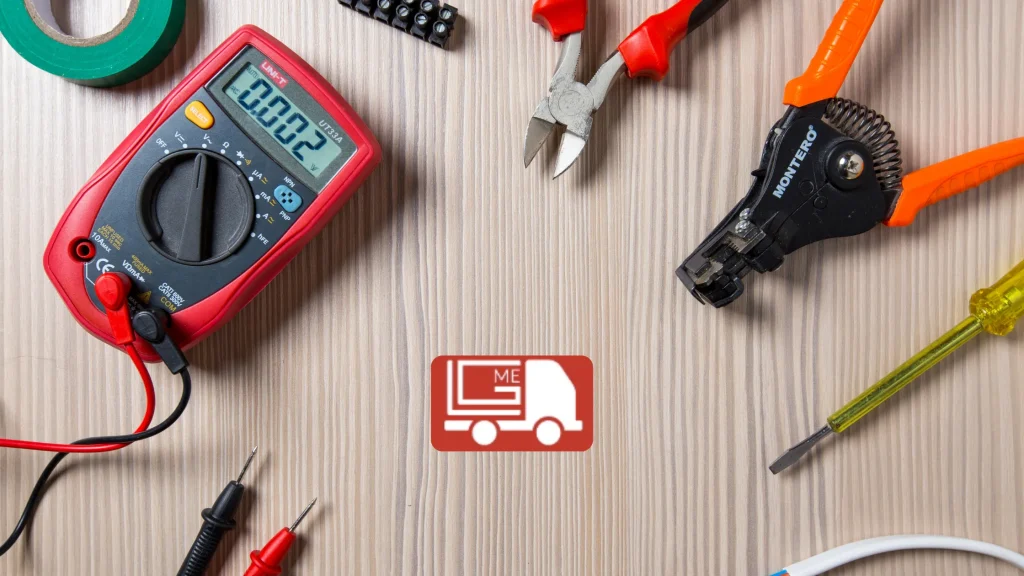Palfinger liftgates are a crucial asset for commercial vehicles, enabling efficient loading and unloading of heavy cargo. Renowned for their sturdiness and effectiveness, these liftgates are widely favored across various sectors. Despite their reliability, they are not immune to wear over time, necessitating regular upkeep. Recognizing the common issues that may arise with these Palfinger liftgate parts is key to preserving their functionality and extending their service life. Frequent use can lead to problems in hydraulic systems, electrical components, and mechanical parts. By staying vigilant and proactive, operators can ensure their liftgates remain in peak condition.
Challenges with the hydraulic system
The hydraulic system is essential for Palfinger liftgates, ensuring smooth lifting operations. Common issues include leaks, which can be spotted by visible fluid around connections or a drop in fluid levels. These leaks can lead to reduced performance or complete system failure if not addressed. Inspecting hydraulic lines, fittings, and seals is crucial for identifying potential leaks early. When a leak is found, tighten the fittings or replace worn seals immediately. Maintaining proper fluid levels and using high-quality hydraulic fluid can also help sustain system integrity. Regular maintenance can prevent these common hydraulic issues.
Problems with electrical components
Electrical components in Palfinger liftgates often experience issues that can lead to operational disruptions. Faulty wiring and poor connections are common problems, manifesting as intermittent operation or complete failure of the liftgate. Corroded connectors, frayed wires, and blown fuses frequently contribute to these malfunctions. To diagnose electrical issues, examine the wiring for any visible damage and assess the condition of all connectors. Replacing corroded or damaged parts and ensuring secure connections can often resolve these issues. Regular electrical system testing can preempt more severe problems, allowing for timely intervention and repair.
Wear and tear on mechanical components
Mechanical components of Palfinger liftgates, including hinges, pins, and platform surfaces, are susceptible to wear over time. Early detection of wear indicators such as rust, cracks, or unusual noises is essential to prevent further damage. Regular lubrication of moving parts and thorough inspections for structural integrity are necessary to maintain these components. Look for signs of rust or cracking, leading to more significant issues if not addressed promptly. Additionally, keeping the liftgate clean and debris-free can help mitigate wear. Consistent maintenance efforts will help ensure the liftgate operates smoothly, avoiding potential breakdowns and costly repairs.
Safety issues and solutions
Ensuring the safe operation of Palfinger liftgates involves addressing several key safety issues. Regularly check that the locking mechanisms are secure and functioning correctly, as faulty locks can lead to cargo loading and unloading accidents. Inspect warning lights to ensure they are operational and can effectively alert operators to potential hazards. Emergency stop features must also be tested to confirm they can immediately halt liftgate movement in an emergency.
Beyond mechanical checks, operator training is crucial. Proper training ensures operators understand how to use the liftgate safely and know all safety features and protocols. Operators should also be instructed to perform a pre-operation inspection, which includes verifying that all safety components are intact and functional.
Worn or damaged safety components should be addressed immediately. For instance, if a safety latch appears worn, it should be replaced before the liftgate is used again. Maintaining a log of all safety checks and repairs can help keep track of the liftgate’s condition and ensure no aspect of its safe operation is overlooked. Adhering to these practices can significantly reduce the risk of accidents and ensure that Palfinger liftgates remain a safe and reliable tool in daily operations.
Best Practices for Regular Maintenance
Regular maintenance is crucial for the longevity and efficiency of Palfinger liftgates. Begin by scheduling routine inspections to check all key components, including hydraulic systems, electrical wiring, and mechanical parts. Regularly clean the liftgate to remove dirt and debris that contribute to wear. Ensure all moving parts are well-lubricated to reduce friction and prevent rust. Inspect hydraulic lines for signs of leaks and verify that fluid levels are adequate. Check electrical wiring for fraying or corrosion, and ensure connectors are secure and fuses are intact. Mechanical parts such as hinges, pins, and platform surfaces should be examined for rust, cracks, and other damage.
Address minor issues before they escalate into major problems. For instance, replace worn seals and tighten loose fittings in the hydraulic system promptly. Similarly, replace any damaged or corroded electrical connectors and ensure proper wire insulation. Any signs of wear or damage should be rectified for mechanical components to maintain the liftgate’s structural integrity.
Keep a detailed log of all maintenance activities, including inspections, repairs, and parts replacements. This record can help track the liftgate’s condition over time and assist in planning future maintenance. Regular training for operators on basic maintenance checks can also be beneficial, ensuring that small issues are identified and reported promptly.
Palfinger liftgates provide immense value for businesses by streamlining loading and unloading operations. Adopting these practices will enhance efficiency and promote a safer work environment, allowing Palfinger liftgates to remain a dependable asset for years to come.
